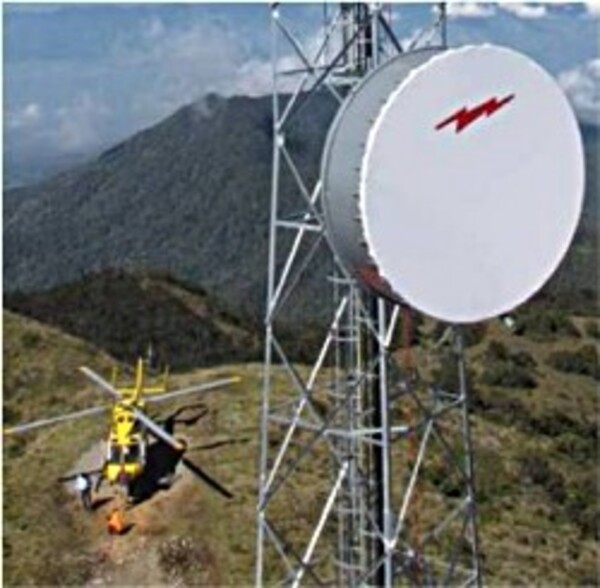
Do you know when microwaves were first used in communication? Do you know when the first digital microwave radio was introduced? If you don’t know these answers, then it’s time for a brief history lesson.
Line-of-sight microwave systems have assumed a position of considerable importance in the telecommunication field. To understand why, let’s take a look at some early examples of long-distance communications and how microwave has emerged as a great option. This option dates back to the early 1930s.
The first formal use of microwave was a relay across the English Channel in 1931. Data was transmitted over a bidirectional 1.7 gigahertz link, 64 kilometers between Dover, UK and Calais, France. By the late 1940s and early 1950s, microwave relay systems began to play a prominent role in communications. In 1976, the first digital microwave radio was introduced.
To support the higher data rates required for connecting 3G cell sites to the network, there was a lot of pressure on microwave equipment vendors to push the envelope. In 2008, the development of adaptive modulation radio enabled a microwave link to vary its data rate according to the atmospheric conditions. To address today’s consumers’ ever increasing appetite for data, microwave radio vendors continue to create radios with more complex modulation schemes.

The course starts with a brief history of communications as background for microwave systems, followed by a look at the basic components of a microwave path and how they interconnect. Next, it examines propagation between the two path endpoints in detail and looks at what constitutes a good microwave path design. It also explores various path reliability computational methods and discusses the value of field surveys and the equipment used.
The final set of lessons focus on the microwave spectrum. The microwave spectrum runs roughly from about 1 to 100 GHz. Within those bands, there’s a finite amount of available spectrum arranged by specific frequencies. The designer often works in conjunction with a frequency coordinator to ensure that the new design will not interfere with incumbent systems or itself. This introduces the concept of interference analysis and frequency planning. The course concludes with the U.S. Prior Coordination Notification process and U.S. Federal Communications Commission licensing of the microwave system.
What else do you want to know about microwaves?







